Knee pain : Physiotherapy Treatment and Exercise:
Knee pain is the most common symptom that can be seen at any age. There are too many causes of knee pain such as injury, overactivity, age-related wear, and tears such as osteoarthritis, gout, or infections.
The knee joint is taking all weight of your body during a day-to-day activity like sitting to stand, walking, running, jumping, stair climbing. If your joints are not fully functional, you are at risk of developing knee pain-related conditions such as osteoarthritis.
Treatment of Knee pain recovery with rest, pain killers for a few days, and Physiotherapy treatment. Gradual exercise after a few days helps to prevent re-pain. However, in severe cases of injury, surgery is also required.
Table of Contents
Which are the Causes of Knee pain?
There are too many causes of knee pain such as Injury, age-related wear and tear such as arthritis or overweight or over-activity. The few most common are:
Knee Injuries
Knee-related injury mostly affects the ligaments, muscles tendon, or bursae that are located around the joint. It also affects the joint surfaces, cartilage. In severe cases Fracture around the knee joint is also seen such as patellae fracture. The most common knee injuries are:
ACL injury (Anterior cruciate ligament) is a tear of the ACL ligament that connects the thigh bone to the lower leg bone and work stabilizes the joint, injured mostly during high-intensity sports such as football, hockey, cricket or fall from two-wheeler driving.
Fractures: The bones that make the knee joint, such as the kneecap (patella), can be broken during falls from height on the joints or two-wheeler accidents. It is also common in old-aged people whose bones have been weakened by osteoporosis can lead to knee fracture simply by stepping wrong.
Meniscus tear: The meniscus is located between the joints, is the tough, rubbery cartilage that acts as a shock absorber when you doing jumping, running, or stair climbing. It mostly tears during the jerky twisting movement of your knee while taking weight on it.
Knee bursitis: When your uncontrolled knee pain causes pain, swelling, and inflammation in the bursae, the small sacs of fluid that help to cushion your knee joint so that muscles and ligaments glide smoothly over the joint without creating any friction effect.
Patellar tendinitis: Quadriceps Tendinitis causes pain and inflammation of one or more tendons, these tendons are the thick, fibrous tissues that attach muscles to bones. This pain can start when there’s a repetitive strain to the patellar tendon, which runs from the kneecap (patella) to the shinbone and helps you to kick, walk and jump. High-intensity sports like football, hockey, cyclists, and those people who take part in jumping-related sports and activities may be at risk of patellar tendinitis.
Mechanical complication:
Mechanical knee conditions that can cause knee pain are:
Osteophyte formation (Loose body in the joints): Age-related wear and tear leads to gradual degeneration of bone or cartilage can cause a piece of bone or cartilage to break off and float in the joint space also called osteophyte formation. This osteophyte interferes with knee joint movement, your day-to-day activity is painful such as long walking, stair climbing, and sitting to stand and in severe cases, you will hear sound in knee movement when you try to walk.
Iliotibial band syndrome occurs when the tough band of tissue called iliotibial band that starts from the outside of your hip to the outside of your knee becomes tight that it created trouble against the outer side of your thighbone(femur). Marathon runners and cyclists are at risk of iliotibial band syndrome.
Patella Dislocation (kneecap): The triangular bone that is located on the front side of your knee slips out of its original place, mainly to the outside of your knee. This is most commonly due to muscular imbalance in which your inner muscles(vastus medialis) that help stabilize the muscle become weak while outer muscles(vastus lateralis) pull the patella outside.
Other lower leg pain or paralysis or weakness creates extra strain over the joints and you may change the way you walk to spare your painful joint. This may lead to an altered gait cycle that can overstress your knee joint and cause knee pain.
Arthritis :
Arthritis is the most common cause of knee pain, various types of arthritis damage the joint, these are:
Osteoarthritis: Age-related wear and tears also called degenerative changes in the joint as you grow older. As you grow older your weak cartilage located in the joint is gradually damaged mainly due to age and overactivity. Knee joint bears most of the weight of the body and if you are obese or you doing overwork where continuous walking, standing, and lifting activity are required and you are not taking rest in between, you are at risk of developing osteoarthritis of the knee.
Rheumatoid arthritis: It is a most exhausting condition in which not only knee joints are affected, but mostly whole body joints are causing pain and stiffness specially in the early morning with the gradual development of deformities mainly in small joints of hands. Knee joint flexion deformity is most commonly seen in Rheumatoid arthritis.
Gout: This occurs when a uric acid increase in the body creates crystals in the joints, however, it most commonly affects the big toes and also the knee joint.
Pseudogout: It is a condition in which calcium-containing crystals in the joint cause knee pain and joint stiffness and also make it difficult to walk because it affects mostly bilaterally, often misdiagnosed as gout that’s why it is called Pseudogout.
Septic arthritis: When your knee joint is affected mainly due to trauma or by an animal bite with associated symptoms is fever. It is damage to your joint rapidly and requires immediate medical treatment because it damages to bone and joint damage permanently and, not treated properly, It can be life-threatening.
Patellofemoral pain syndrome is a condition related to your kneecap (patella bone) and the thighbone (femur). It is most commonly seen in high-intensity sports and in young adults mainly in those people whose kneecap doesn’t locate properly in its groove. It is also seen in older people that develop arthritis of the kneecap called chondromalacia patella.
Symptoms of Knee pain:
The symptoms vary depending on the location of pain and severity of knee pain, also depending on the cause of the problem.
Few most Signs and symptoms that are associated with knee pain are:
- Knee Swelling and in severe cases ankle swelling is also associated
- Knee joint stiffness means reduce range of motion of the joint
- Redness and warmth to the touch
- Muscle Weakness
- Instable joint mainly in ligament injury
- Crepetation means unpleasent sound during knee movement or walking.
- Flexion deformity where inability to fully straighten the knee
Risk factors:
Following people are at risk of developing knee pain-related condition, these are:
Obese people: Your knee joint is a weight-bearing joint and if you are obese, your knee requires extra weight to carry in day-to-day activities such as stair climbing, sitting to stand other related activities. If your knee joint is weak, you are at risk of damaging cartilage and ultimately developing osteoarthritis of the knee joint.
Muscle weakness or Muscle tightness: Muscle weakness or tightness makes your joint in a more pressurized position, also the vulnerability to a knee injury. Powerful and Flexible muscle makes your day-to-day activity easy to carry out and makes your joint more stable.
Occupation or a few sports cause repetitive stress on the knee joint. Occupations where long-standing and walking required such as traffic police, surgeons, farmers are at risk of developing osteoarthritis where sportsmen are at risk of sports-related injury mainly ligament injuries are the most common in sports.
Earlier knee injury: If you are an earlier history of knee-related injury and are not rehabilitated properly, you are also at risk of knee pain-related conditions over time.
When to contact Doctor?
You should Call your doctor immediately if you:
- Not able to take weight on your knee or
- If you feel instability at the knee or gives out
- If you have knee swelling
- If you are unable to fully extend or flex your knee
- If you see a clear deformity in your knee
- If you have a fever with redness, and swelling in your knee
- If you have unbearable knee pain with an injury
Treatment of Knee pain:
Treatment mainly are Medical and Physiotherapy treatment. In severe cases, surgery is also recommended depending upon diagnosis or cause or symptoms.
Medical treatment:
To relieve pain and inflammation of the joint: Nonsteroidal anti-inflammatory drugs ( NSAIDs) are used to help relieve pain and inflammation of the knee.
Rest with Knee Brace or Knee cap.
Use of Hot and Ice Pack as a Home remedies.
Corticosteroids are used to control inflammation if NSAIDs do not respond well enough.
Disease-modifying anti-rheumatic medicine is mostly prescribed to slowly modify the course of Rheumatoid disease.
Surgery: The various knee surgery also recommended for knee pain, such as Knee joint replacement, Arthroscopy, and Osteotomy.
Physiotherapy Treatment in Knee pain:
The most common forms of treatment goals is:
- Electrotherapy Modalities helps to Relieve Pain Such as Ultrasound / TENS / IFT
- Kinesiology taping (KT Taping)
- Use of Hot Pack or ice Pack
- Soft tissue mobilization
- knee joint mobilization exercise to improve range of Motion
- Strengthening Exercise of Weak Muscles
- Stretching exercise of Tight muscles.
- Knee Ergonomic to Patient (Knee care)
Exercise for Knee Pain:
Following are the few best exercise that you can start in pain-free conditions only, if exercise is painful you must avoid it.
Static Quadriceps exercise:
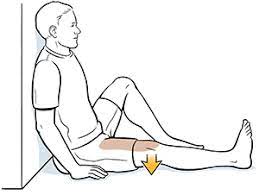
This exercise you can start from day one because it is light exercise and mostly easy to perform and also pain-free.
How to do SQE?
You can take a long sitting position in your bed or a soft mat with both legs in front of you and fully straight. Place small folded towel below the knee. Now try to press the towel with the help of your knee, Holds for 5 to 10 seconds then relax. First day 5 to 10 repetitions and gradually increase practice as you improve.
Ankle toe movement(ATM):

This is also simple and easy to perform the home exercise and you can start from day one. This helps to maintain circulation in the lower leg. To start this ATM exercise, You can take a long sitting position in your bed or a soft mat with both legs in front of you and fully straight. Now gradually up and down ankle for 10 times and after that rotate the ankle in a circle like in one direction and then the opposite direction. On the first day, you can start with 5 to 10 repetitions and gradually increase practice as you improve.
Straight leg raise exercise(SLR):

This is also easy to perform the home exercise you can start with 2 to 3 days rest, This helps to maintain the strength of quadriceps and thigh muscles. To do this exercise, you should lie down in your bed or a soft mat with normal leg slight bend while the painful leg fully straight and both legs are placed side of your body. Now gradually lift your leg nearly one or two-foot height from your body, hold for 5 to 10 seconds then gradually down. On the first day, you can start with 5 to 10 repetitions and gradually increase practice as you improve.
How to prevent knee pain?
If you are taking enough care of your knee, there may be your knee fully functional, stable, powerful enough that can load all your day-to-day activity easily without any extra strain. For that the following tips are really useful for you.
Reduce weight: If you lose extra weight, it is the best option for your healthy knee. Being overweight puts extra strain on your joints, increasing the risk of knee pain.
Regular exercise: Exercise helps to strengthen your knee muscles, fully powerful muscles helps take your body weight easily. Regular exercise helps to stabilize the joints and stretching exercise also improve flexibility. You should also avoid painful exercise and overexercise. This will increase your pain.
Proper technique: If you are playing sports you should perfect your sports technique, this will reduce the vulnerability of injury. Warm-up exercise before starting sports is also important to reduce injury.
Rest: If your occupation demands a high intense workload, you should also require rest in-between your working intervals such as if you are working 8 hours a day you divide your 2 times with half hours rest, and every four hours you can take nearly 15 minutes of rest.

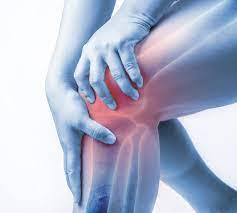
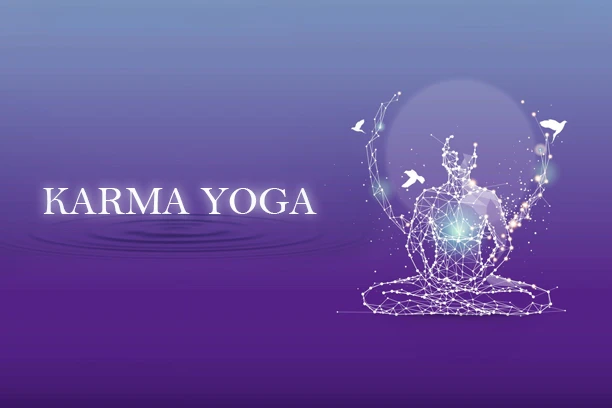
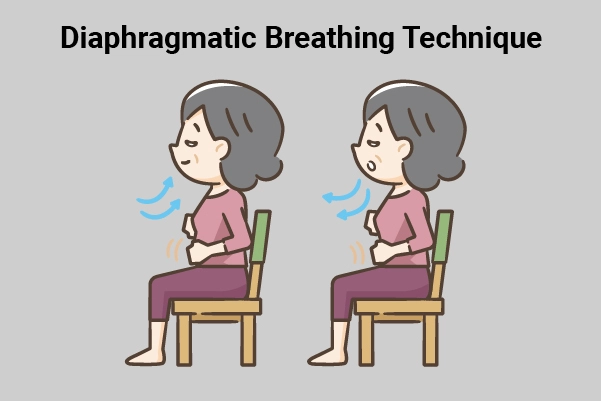

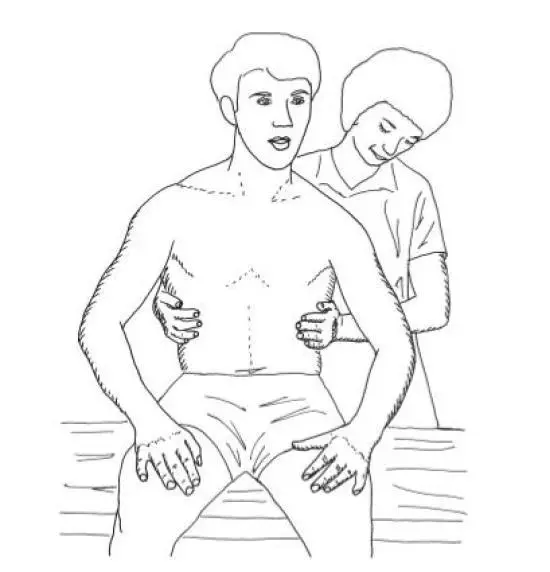
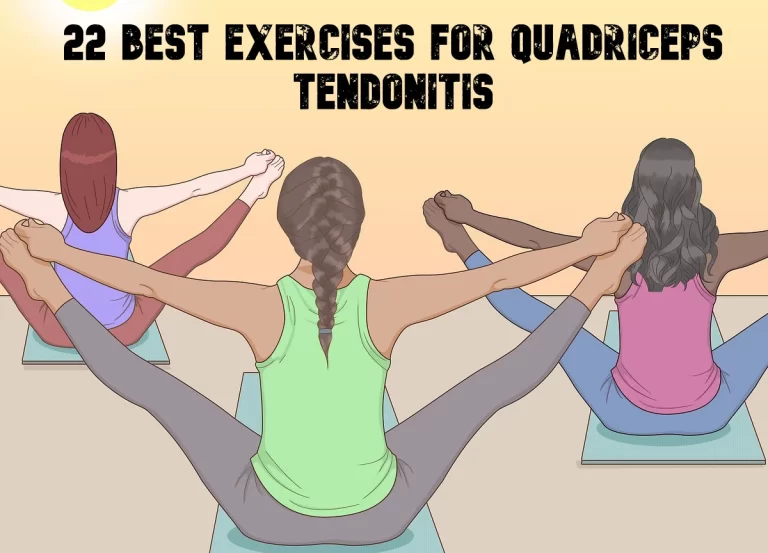
6 Comments